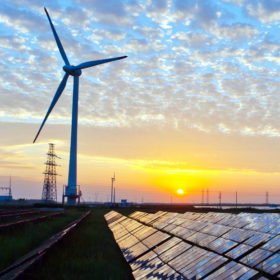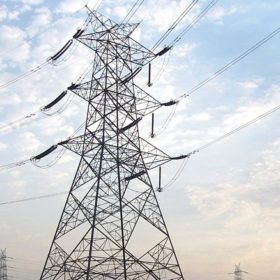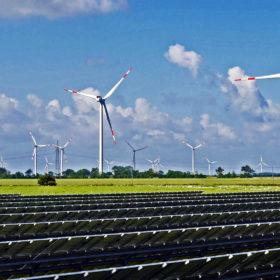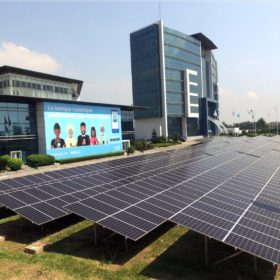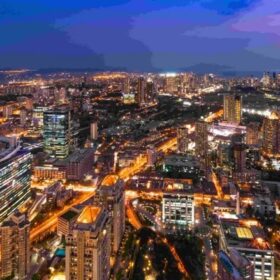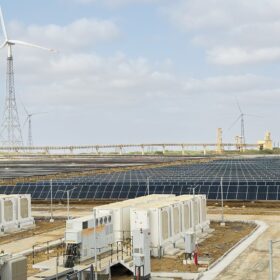Apraava Energy signs MoUs worth $1.1 billion with REC and PFC
Apraava Energy will use the funds to develop its wind, transmission, and advanced metering projects.
Apraava Energy secures renewable energy transmission projects in Rajasthan
The projects are part of the evacuation scheme for 20 GW of renewable energy generation in Rajasthan to the national grid.
L&T wins new orders for power transmission and distribution
Larsen & Toubro has secured contracts to implement advanced distribution SCADA and HVDC transmission lines.
GMR secures $927 million smart metering project
GMR Smart Electricity Distribution has won a project to install over 7.5 million prepaid smart meters in Uttar Pradesh. It will implement these smart meters on a design, build, finance, own, operate, and transfer basis.
Sterlite Power commissions its sixth power transmission project in Brazil
Sterlite Power has completed an INR 1,600 crore Marituba Power Transmission project that is designed to deliver over 1 GW of green power to the industrial region of Belem.
Integrating higher share of renewable energy in India’s power system
To increase the share of renewable energy, India needs to introduce demand-side measures like time-of-use tariffs, develop a well-connected national grid, deploy various energy storage options for grid balancing services, and convert its fossil-fuel-powered fleet to operate flexibly.
Africa50 signs MoU with International Solar Alliance to support PV projects across Africa
Africa50 and International Solar Alliance (ISA) will leverage each other’s networks to mobilize funding and raise awareness of African solar projects in European and Indian markets.
Tata Power secures smart metering project worth INR 1,744 crore
Tata Power will install and maintain 1.86 million meters in the Raipur area (Raipur city and Raipur rural areas) of Chhattisgarh, served by Chhattisgarh State Power Distribution Co. Ltd.
World Bank approves $1.5 billion to support India’s low-carbon transition
The World Bank has approved $1.5 billion in financing to accelerate India’s development of low-carbon energy. The financing will help India scale up renewable energy, develop green hydrogen, and stimulate climate finance for low-carbon energy investments.
L&T advances renewables infrastructure for world’s largest green hydrogen plant
Larsen & Toubro (L&T) is set to begin constructing the renewable energy generation, storage, and grid infrastructure for the green hydrogen production facility in Saudi Arabia, as it has made significant progress from design to procurement.
